Home>Garden Essentials>Where Do The Sunflower Seeds Come From
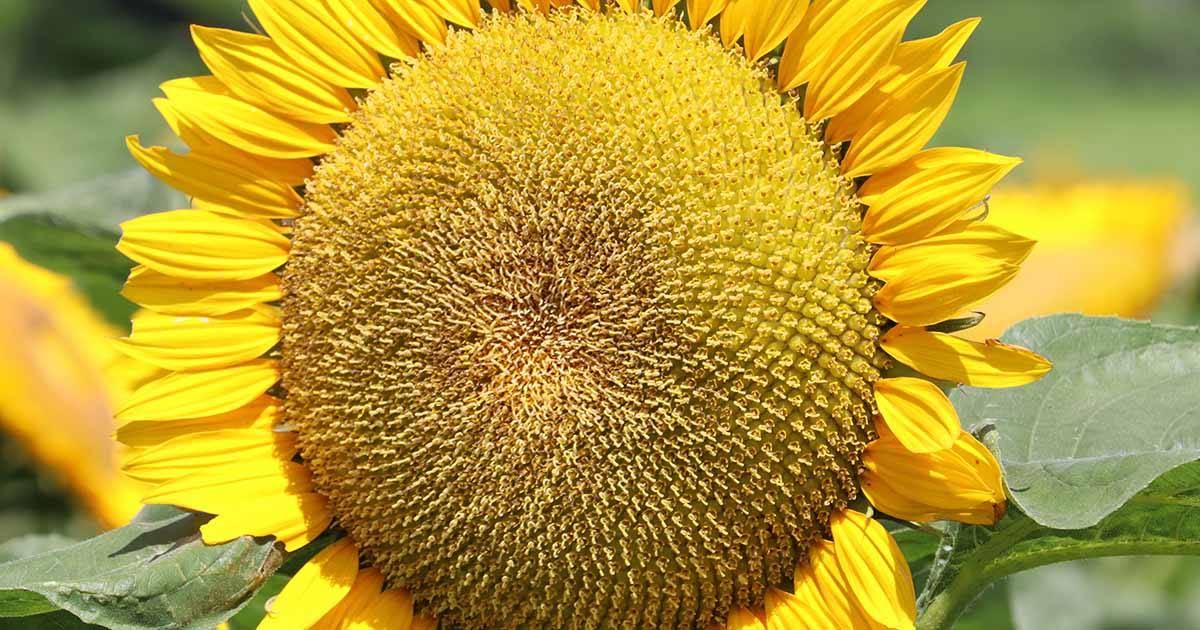

Garden Essentials
Where Do The Sunflower Seeds Come From
Modified: October 18, 2024
Discover the origin of sunflower seeds and how you can grow your own stunning sunflowers in your garden. Uncover the secrets behind sunflower cultivation and reap the rewards of a bountiful harvest.
(Many of the links in this article redirect to a specific reviewed product. Your purchase of these products through affiliate links helps to generate commission for Storables.com, at no extra cost. Learn more)
Introduction
Welcome to the fascinating world of sunflower seeds! These tiny little powerhouses are not just a delicious snack; they also play a significant role in agriculture and have a rich history. Whether you’re a gardening enthusiast, a nutrition-conscious individual, or simply someone curious about the origins of these versatile seeds, you’ve come to the right place.
The story of sunflower seeds begins thousands of years ago, with their cultivation dating back to ancient civilizations in North and Central America. Native Americans, particularly the Aztecs and the Incas, were the first to recognize the value of sunflowers and their seeds. They used them for various purposes, including food, oil, medicinal remedies, and even as dye for their clothing.
Fast forward to the 16th century, when European explorers encountered the vibrant sunflowers and brought them back to their homelands. Sunflowers became popular ornamental plants across Europe, admired for their radiant yellow blooms that seem to capture the very essence of the sun.
However, it wasn’t until the 18th century that sunflower seeds gained recognition as a valuable agricultural crop. The development of hybrid varieties and improved cultivation techniques increased their yield and quality, leading to widespread cultivation in many regions around the world.
Today, sunflower seeds are grown in vast quantities, making them an essential commodity in the agricultural industry. They play a crucial role not only as a source of food and oil but also as feed for livestock and as biodiesel fuel. In fact, sunflower oil is one of the most commonly used cooking oils worldwide, known for its mild flavor and high smoke point.
The production process of sunflower seeds is a meticulous one, involving careful planting, nurturing, and harvesting. From planting the seeds in rich soil to ensuring proper irrigation and protection from pests, each step contributes to the quality and quantity of the final yield.
Major sunflower seed-producing countries include Russia, Ukraine, Argentina, and the United States. These regions have favorable climatic conditions and vast agricultural lands that are conducive to sunflower cultivation. The variety of sunflower seeds produced may vary, with some being used for food purposes, while others are cultivated specifically for their oil content.
Key Takeaways:
- Sunflower seeds have a rich history, are grown in many countries, and offer a variety of health benefits due to their high nutritional value.
- Sunflower seeds are not only a popular snack, but also play a significant role in agriculture, culinary arts, and even in popular culture.
Read more: Where Do Sunflower Seeds Come From
History of Sunflower Seeds
The history of sunflower seeds dates back thousands of years, with their origins rooted in the Americas. Sunflowers, scientifically known as Helianthus annuus, have been cultivated by indigenous people for centuries before their discovery by European explorers.
The earliest evidence of sunflower cultivation can be traced back to Native American civilizations such as the Aztecs and the Incas. They recognized the nutritional value and versatility of sunflower seeds, incorporating them into their diets and utilizing them for medicinal purposes. Native American tribes would roast the seeds and grind them into a paste, using them to make bread, porridge, and even medicinal ointments.
When Spanish explorers arrived in Central and South America in the 16th century, they encountered the vibrant sunflowers and brought samples back to Europe. Sunflowers quickly gained popularity as ornamental plants due to their bright yellow petals that resemble the sun. The name “sunflower” itself is derived from their tendency to follow the movement of the sun throughout the day.
The development of sunflower seeds as an agricultural crop took place in the 18th century. Russian farmers played a significant role in the cultivation of sunflowers, leading to the establishment of large-scale production in Russia. Russian sunflower varieties were later introduced to the United States in the late 19th century.
At the turn of the 20th century, breeding programs began to improve the quality of sunflower seeds, yielding hybrids with desirable traits such as higher oil content, disease resistance, and increased yield. This led to a surge in sunflower seed production worldwide.
In addition to their agricultural importance, sunflower seeds hold cultural significance in various civilizations. Native American tribes considered sunflowers to be sacred plants, symbolizing adoration, strength, and fertility. Sunflower motifs are often found in their artwork and pottery.
In the modern era, sunflower seeds have become a popular snack worldwide. Loved for their distinct nutty flavor and satisfying crunch, they are enjoyed on their own, added to salads, baked into bread and pastries, or used as a topping for various dishes. They have also gained recognition for their nutritional benefits, being high in healthy fats, protein, fiber, and various vitamins and minerals.
Today, sunflower seeds continue to be grown on a large scale, with major producers located in countries such as Russia, Ukraine, Argentina, and the United States. They are not only a versatile and delicious snack but also a significant agricultural commodity, contributing to the global food supply and various industries.
Sunflower Seeds as Agricultural Products
Sunflower seeds have immense value as agricultural products, playing a crucial role in the global economy. They are cultivated on a large scale for multiple purposes, including food production, oil extraction, animal feed, and even biofuel production.
One of the primary uses of sunflower seeds is for oil extraction. Sunflower oil is a popular cooking oil globally, known for its light flavor and high smoke point. The oil is extracted from the seeds through a process called pressing, where the seeds are crushed to extract the oil. The remaining byproduct, referred to as sunflower meal, is a protein-rich feed component used in livestock and poultry diets.
In addition to their oil content, sunflower seeds are a nutritious source of food for human consumption. They are consumed in various ways, such as roasted and salted as a snack or as an ingredient in baked goods, granolas, and trail mixes. Sunflower seeds can also be ground into a fine powder, commonly known as sunflower seed flour, which can be used as a gluten-free alternative in baking.
Animal feed is another important sector in which sunflower seeds are utilized. The seeds provide a high-quality source of protein and fats for livestock and poultry. Sunflower-based feed is particularly beneficial for dairy cows, as it improves milk production and enhances the nutritional value of the milk.
Moreover, sunflower seeds have gained attention as a potential biofuel source. The oil extracted from sunflower seeds can be converted into biodiesel, an environmentally friendly alternative to traditional fossil fuels. This renewable energy source has the potential to reduce greenhouse gas emissions and decrease reliance on non-renewable resources.
Sunflower seeds are well-suited to a range of climates, making them a versatile crop. They thrive in temperate regions and can tolerate diverse soil conditions, including fertile soils as well as those with limited fertility. This adaptability, combined with their relatively short growing cycle, makes sunflower seeds an attractive choice for many farmers.
Furthermore, cultivating sunflowers can have significant environmental benefits. The plants have a large root system, which helps improve soil structure, prevent erosion, and promote nutrient cycling. Additionally, sunflowers can act as a natural bioaccumulator, meaning they can absorb heavy metals and pollutants from the soil, contributing to land remediation efforts.
Overall, sunflower seeds are highly valuable as agricultural products due to their versatility and numerous applications. From their use as a source of cooking oil and food to providing vital nutrition for livestock, sunflower seeds continue to play a significant role in the agricultural industry and global food supply.
Sunflower Seed Production Process
The production process of sunflower seeds involves several stages, from seed selection and planting to harvesting and processing. Each step is crucial to ensure a bountiful yield of high-quality sunflower seeds. Let’s take a closer look at the various stages of sunflower seed production.
Seed Selection: The first step in sunflower seed production is selecting high-quality seeds. Farmers choose seeds based on their desired traits, such as disease resistance, high oil content, or specific market requirements.
Planting: Sunflower seeds are typically planted in the spring or early summer when the soil temperature reaches around 50°F (10°C). The seeds are sown at a depth of about 1-2 inches (2.5-5 cm) and spaced several inches apart, allowing room for the plants to grow and spread.
Growth and Development: After planting, sunflower seeds germinate and begin their growth process. Sunflowers have a unique characteristic called phototropism, where their flower heads turn and follow the direction of the sun throughout the day. This phenomenon is known as heliotropism.
Irrigation and Fertilization: Sunflowers require regular watering throughout their growth cycle, especially during dry periods. Adequate water supply is essential for optimal plant growth and seed development. Additionally, fertilizers may be applied to provide the necessary nutrients for healthy plant development.
Pest and Weed Control: Farmers often face challenges from pests and weeds that can negatively impact sunflower crops. Common pests include aphids, beetles, and birds, while weeds can compete with sunflowers for resources. Integrated pest management strategies and weed control measures are implemented to minimize crop damage and improve yield.
Flowering and Pollination: Sunflowers typically begin to flower around 50-60 days after planting. The vibrant yellow petals attract pollinators, such as bees and butterflies, which play a crucial role in transferring pollen between flowers for fertilization.
Seed Formation and Maturation: As the flowers fade, the fertilized ovary develops into a seed. The sunflower heads consist of numerous individual florets, and each floret produces a seed. As the seeds mature, the flower heads start to dry out, and the seeds turn from plump and green to firm and brown or black.
Harvesting: Sunflower seeds are harvested when the flower heads have fully dried and the seeds are mature. The harvesting method depends on the scale of production. In large-scale commercial farming, combine harvesters are used to cut the sunflower heads and separate the seeds from the plant. Small-scale farmers may opt to hand-harvest the seeds by cutting the flower heads and allowing them to dry further before manually extracting the seeds.
Processing and Storage: Once harvested, the sunflower seeds go through drying to reduce moisture content for long-term storage. They are then cleaned to remove debris and foreign matter. The seeds can be stored in dry and cool conditions to preserve their quality.
The production of sunflower seeds requires careful monitoring and management of various factors, including soil conditions, water supply, pests, and diseases. With proper care and attention, farmers can ensure a successful sunflower seed production process, resulting in a plentiful harvest of nutritious and versatile seeds.
Major Sunflower Seed Producing Countries
Sunflower seeds are cultivated and harvested in numerous countries across the globe. Here are some of the major sunflower seed producing countries, contributing significantly to the global market.
Russia: Russia is one of the largest producers of sunflower seeds in the world. The country’s vast agricultural lands and favorable climate provide ideal conditions for sunflower cultivation. Russian sunflower varieties are known for their high oil content and contribute significantly to the global sunflower oil market.
Ukraine: Ukraine is another major player in sunflower seed production. The country boasts extensive sunflower fields, and its favorable climate supports high yields. Ukrainian sunflower seeds are favored for their oil content, and the country is a significant supplier of sunflower oil worldwide.
Argentina: As one of the leading agricultural producers in South America, Argentina plays a vital role in sunflower seed production. The country’s temperate climate and fertile soils create ideal conditions for growing sunflowers. Argentina is known for producing sunflower seeds with a large kernel size, highly sought after for snacking purposes.
United States: The United States is a significant producer of sunflower seeds, particularly in states like North Dakota, South Dakota, and Kansas. The Plains region of the U.S. provides optimal conditions for sunflower cultivation, including ample sunshine and well-drained soils. The country produces both oilseed sunflowers and confectionery sunflowers, with oilseed varieties primarily used for oil extraction and confectionery varieties grown for snack consumption.
China: China is among the top producers of sunflower seeds due to its large agricultural sector and vast farming areas. The country’s diverse climate zones provide suitable conditions for sunflower cultivation in different regions. China primarily focuses on oilseed sunflowers, contributing to its thriving sunflower oil industry.
India: India has seen significant growth in sunflower seed production in recent years. The country’s tropical and subtropical climate, combined with fertile soils, allows for successful sunflower cultivation. India produces a diverse range of sunflower varieties, both oilseed and confectionery types, meeting both domestic and international demands.
European Union: Several countries within the European Union, including France, Hungary, Romania, and Bulgaria, are prominent sunflower seed producers. These countries benefit from favorable climate conditions and advanced agricultural practices, resulting in high-quality sunflower seeds. The European Union is a major exporter of sunflower oil and contributes significantly to the global sunflower market.
Other notable sunflower seed producing countries include Turkey, South Africa, Australia, and Mexico. These countries feature suitable climates and agricultural traditions that support successful sunflower cultivation.
The production levels and specific varieties of sunflower seeds may vary among these countries due to factors such as climate, market demands, and agricultural practices. Nonetheless, each of these nations plays a crucial role in meeting global demand for sunflower seeds and their byproducts, including oil, snack products, and animal feed.
Read more: Where Do Most Sunflower Seeds Come From
Sunflower Seed Varieties
Sunflower seeds come in various varieties, each with distinct characteristics and purposes. These different varieties offer a range of options for both agricultural production and culinary uses. Let’s explore some of the common sunflower seed varieties:
Oilseed Sunflowers: Oilseed sunflowers are primarily grown for their high oil content. These varieties produce seeds with a high concentration of oil, making them suitable for oil extraction. The oil extracted from oilseed sunflowers is commonly used in cooking, baking, and various food applications. These varieties are typically smaller in size compared to confectionery sunflowers but are widely cultivated due to their economic significance.
Confectionery Sunflowers: Confectionery sunflowers, also known as non-oilseed or confection sunflowers, are grown for their large, striped seeds that are commonly enjoyed as a snack. These varieties have a larger size and a thicker shell compared to oilseed sunflowers. Confectionery sunflower seeds are roasted, salted, and often used in trail mixes, baking, and other culinary applications.
High-Oleic Sunflowers: High-oleic sunflowers are a specialized variety that is bred to have a higher concentration of monounsaturated fats, specifically oleic acid. These seeds have a healthier fat profile and a longer shelf life due to their reduced susceptibility to oxidation. High-oleic sunflower oil is highly sought after for its stability and health benefits. It has a mild flavor and is ideal for cooking, frying, and salad dressings.
Pollenless Sunflowers: Pollenless sunflowers are bred to produce flowers without pollen. These varieties are often preferred for landscaping purposes, as they eliminate the issue of pollen allergies and the messy pollen shed that can stain clothing or surrounding surfaces. Pollenless sunflowers still produce seeds, making them attractive for their ornamental value without the concern of pollen-related allergies.
Dwarf Sunflowers: Dwarf sunflower varieties are compact in stature, growing to a smaller height compared to traditional sunflowers. These varieties are well-suited for container gardening or smaller garden spaces. Dwarf sunflowers still produce vibrant blooms and edible seeds, making them popular choices for urban gardens or those looking for sunflowers that fit in limited spaces.
Colored Sunflowers: Colored sunflowers are bred for their unique and vibrant petal colors, diverging from the traditional yellow sunflower. These varieties can showcase a wide range of colors, including red, orange, bronze, and even bi-color combinations. Colored sunflowers add visual interest and can be used for ornamental and decorative purposes, bringing a touch of diversity to gardens and floral arrangements.
These are just a few examples of the diverse sunflower seed varieties available. Each variety offers its own characteristics and uses, whether it’s for oil production, snacking, ornamental purposes, or specific nutritional profiles. Sunflower seed varieties continue to evolve and adapt to meet the demands of farmers, consumers, and various industries around the world.
Sunflower seeds come from the center of the sunflower, which is made up of hundreds of tiny seeds surrounded by a shell. After the sunflower blooms and the seeds mature, they can be harvested for snacking or for producing sunflower oil.
Sunflower Seed Harvesting and Processing
Harvesting and processing sunflower seeds involves a series of steps to ensure the extraction of high-quality seeds for various uses. From the moment the sunflower heads are ready for harvest to the final stages of processing, let’s explore the process in detail.
Harvest Timing: Sunflower seed harvest timing is crucial for optimal yield and quality. The heads are ready for harvest when the back of the flower heads turn yellow or brown, and the seeds appear firm and plump. Early harvesting may result in underdeveloped seeds, while delayed harvest can lead to shattering, where the seeds drop off the heads.
Harvesting Methods: Large-scale commercial sunflower seed harvesting is typically done using mechanical methods. Combine harvesters equipped with headers specifically designed for sunflowers cut the flower heads from the plants. The flower heads are then conveyed into the combine and processed to separate the seeds from the plant material. For small-scale production or ornamental purposes, sunflower heads can be cut manually using shears or knives.
Drying: After harvesting, it is essential to dry the sunflower heads to reduce moisture content for proper storage and processing. Typically, the flower heads are left to dry in the field for several weeks, allowing the seeds to desiccate and the moisture to dissipate. Ideally, the moisture content should be below 10-12% before further processing.
Seed Extraction: Once the sunflower heads are adequately dried, the extraction of seeds takes place. For large-scale operations, the sunflower heads are processed in a seed cleaning facility. Mechanical equipment, such as seed separators and gravity tables, remove the seeds from the flower heads and separate them from plant debris and other impurities.
Seed Cleaning: After extraction, the seeds go through a cleaning process to eliminate dust, small debris, and other impurities. Various cleaning methodologies, including air aspiration, sieving, and shaking, are employed to achieve high-quality, clean seeds. This step ensures that the harvested seeds are ready for further processing and utilization.
Storage: Once the seeds are cleaned and free of impurities, they are ready for storage. Sunflower seeds should be stored in dry and cool conditions to maintain their quality. Proper storage helps prevent degradation, mold growth, and insect infestation. Once the seeds are stored, they can be used for various purposes, including oil extraction, culinary uses, or replanting for the next planting season.
Additional Processing: Depending on the intended use, sunflower seeds may undergo further processing. For oilseed production, the seeds are typically sent to a facility for oil extraction. The seeds are crushed to extract the oil, and the remaining residue, known as sunflower meal, can be used as animal feed. If the seeds are intended for the snack market, they may undergo roasting, salting, or flavoring before packaging and distribution.
The process of harvesting and processing sunflower seeds requires precision and care to ensure the production of high-quality seeds. From harvesting at the right time to thorough cleaning and proper storage, each step plays a crucial role in delivering sunflower seeds to market, meeting the various needs of consumers and industries alike.
Benefits and Uses of Sunflower Seeds
Sunflower seeds offer a wide range of benefits and uses, making them a versatile and nutritious addition to various cuisines and lifestyles. Let’s explore the many health benefits and culinary applications of these tiny powerhouses.
Nutritional Profile: Sunflower seeds are packed with essential nutrients that contribute to overall health and well-being. They are an excellent source of healthy fats, including monounsaturated and polyunsaturated fats, which have been linked to heart health. Sunflower seeds are also rich in protein, dietary fiber, vitamins (such as vitamin E and B vitamins), minerals (such as magnesium, copper, and selenium), and antioxidants.
Heart Health: The high content of unsaturated fatty acids, particularly linoleic acid, in sunflower seeds contributes to heart health. These healthy fats can help lower bad cholesterol levels and reduce the risk of cardiovascular diseases. Sunflower seeds also contain phytosterols, compounds that have been shown to lower cholesterol levels.
Weight Management: Despite their small size, sunflower seeds are quite filling due to their fiber and protein content. Including them in a balanced diet can help promote feelings of fullness and reduce overeating, which can be beneficial for weight management. Additionally, the combination of healthy fats, fiber, and protein in sunflower seeds can help stabilize blood sugar levels and prevent spikes in insulin production.
Bone Health: Sunflower seeds are a good source of minerals like magnesium, phosphorus, and copper, all of which contribute to bone health. These minerals play crucial roles in maintaining strong bones and preventing conditions such as osteoporosis. Additionally, the vitamin E content in sunflower seeds may help reduce inflammation and oxidative stress, which can benefit overall bone health.
Brain Function: The vitamin E and other antioxidants found in sunflower seeds can provide neuroprotective benefits. These compounds help combat oxidative stress and inflammation in the brain, which may play a role in age-related cognitive decline. Consuming sunflower seeds as part of a balanced diet may contribute to improved brain function and reduced risk of neurodegenerative diseases.
Culinary Applications: Sunflower seeds have a delicious nutty flavor and a satisfying crunch, making them a popular ingredient in various culinary creations. They can be enjoyed as a snack on their own, roasted and salted. Sunflower seeds are also commonly added to salads, trail mixes, granolas, and baked goods like bread, muffins, and cookies. They can be used as a topping for yogurts and cereals or incorporated into savory dishes like stir-fries, pesto, and vegetable dishes.
Non-Food Uses: Apart from their culinary uses, sunflower seeds have non-food applications as well. The oil extracted from sunflower seeds is widely used in skincare and cosmetic products due to its emollient and moisturizing properties. Sunflower oil can also be used as a base for natural soaps or as a carrier oil for essential oils in aromatherapy.
Whether you’re looking to improve your heart health, support your bone health, or simply enjoy a tasty and nutritious snack, sunflower seeds offer a multitude of benefits. Their versatility in the kitchen and their valuable nutritional profile make them a valuable addition to a well-rounded diet.
Nutrition Profile of Sunflower Seeds
Sunflower seeds are not only delicious but also boast an impressive nutritional profile. Packed with various essential nutrients, they offer numerous health benefits. Let’s explore the key components of the nutrition profile of sunflower seeds:
Macronutrients: Sunflower seeds are a rich source of macronutrients that provide energy and support various bodily functions. They are a good source of healthy fats, primarily monounsaturated and polyunsaturated fats, which contribute to heart health. These fats help maintain healthy cholesterol levels and provide essential fatty acids, including omega-6 fatty acids. Sunflower seeds also contain a moderate amount of protein, making them a valuable plant-based protein source.
Vitamins: Sunflower seeds are a good source of several vitamins that support overall health. They are particularly high in vitamin E, a powerful antioxidant that protects cells from oxidative damage. Vitamin E also plays a role in immune function, skin health, and blood vessel health. Sunflower seeds also provide B vitamins, including thiamine (B1), riboflavin (B2), niacin (B3), pyridoxine (B6), and folate (B9). These vitamins are essential for energy production, nervous system function, and red blood cell production.
Minerals: Sunflower seeds are rich in various minerals that are vital for health and well-being. They are a good source of magnesium, a mineral involved in numerous enzymatic reactions, muscle function, and bone health. Copper, another mineral found in sunflower seeds, plays a role in iron absorption and collagen synthesis. Sunflower seeds also provide phosphorus, which is important for bone health and energy metabolism. Additionally, they contain notable amounts of manganese, selenium, and zinc, which are essential trace minerals with antioxidant properties.
Dietary Fiber: Sunflower seeds are a good source of dietary fiber, which plays a crucial role in digestive health and overall well-being. Fiber helps regulate bowel movements, promotes satiety, and supports heart health by reducing cholesterol levels. Including sunflower seeds in your diet can contribute to your daily fiber intake and support a healthy digestive system.
Antioxidants: Sunflower seeds are rich in antioxidants, including vitamin E and phenolic compounds. These antioxidants help protect against oxidative stress, a process linked to chronic diseases and aging. The diverse range of antioxidants found in sunflower seeds work synergistically to scavenge free radicals and protect cells from damage.
It’s important to keep in mind that sunflower seeds are relatively high in calories due to their fat content. However, the fats found in sunflower seeds are primarily healthy fats and can be incorporated into a balanced diet when consumed in moderation.
Whether eaten as a snack, added to meals, or used as an ingredient in baked goods, sunflower seeds offer a powerhouse of nutrition. With their combination of healthy fats, protein, fiber, vitamins, minerals, and antioxidants, they make a valuable addition to a well-rounded and nutritious diet.
Read more: Where Do Seed Potatoes Come From
Sunflower Seeds in Popular Culture
Sunflower seeds have made their mark in popular culture, appearing in various forms of media and becoming a symbol of different concepts in different contexts. Let’s explore the presence of sunflower seeds in popular culture:
Baseball: Sunflower seeds have become synonymous with America’s favorite pastime, baseball. It is a common sight to see baseball players, coaches, and fans chewing on and spitting out sunflower seeds during games. The practice of eating sunflower seeds is often associated with strategic thinking, relaxation, and maintaining focus on the field.
Sporting Events: Sunflower seeds have extended beyond baseball and made their way into other sporting events. Whether it’s at football games, soccer matches, or even endurance sports, spectators and athletes alike enjoy snacking on sunflower seeds as a way to enhance the game-watching experience or fuel themselves during physical activity.
Folklore and Literature: Sunflowers hold symbolic meaning in folklore and literature from various cultures. In Native American folklore, sunflowers represent adoration, strength, and happiness. They are seen as a connection to the sun and a way to bring positive energy into one’s life. Sunflower seeds are often associated with themes of growth, warmth, and renewal in literature.
Visual Arts: Sunflowers, with their vibrant golden petals and distinctive seed heads, have inspired numerous artists. Perhaps the most iconic depiction of sunflowers is in Vincent van Gogh’s famous series of paintings. Van Gogh’s Sunflowers series showcases the beauty and vitality of these flowers, elevating their status as a subject of artistic fascination.
Gardening and Flower Arrangements: Sunflowers are popular choices for home gardens due to their bold colors and impressive size. They bring a touch of cheer and natural beauty to outdoor spaces. Sunflower arrangements are also commonly used in floristry, adding a splash of sunshine and vibrancy to bouquets, centerpieces, and event decorations.
Health and Wellness: Sunflower seeds have gained popularity in the health and wellness space. They are often featured as a nutritious snack and included in diets that emphasize whole foods and plant-based eating. Sunflower seed butter, made by grinding sunflower seeds, is a popular alternative to traditional nut butters for those with allergies or dietary restrictions.
Environmental Awareness: Sunflowers, including their seeds, have been used as symbols in environmental campaigns and initiatives. Their association with photosynthesis, renewable energy, and their ability to absorb heavy metals from the soil contributes to messaging surrounding sustainability and environmental restoration.
From their presence in sports to their artistic and symbolic representations, sunflower seeds have become ingrained in popular culture. Their versatility, attractiveness, and nutritional benefits make them an enduring symbol of positivity, nourishment, and vitality across different spheres of society.
Conclusion
Sunflower seeds hold a special place in both our gardens and our daily lives. From their rich history to their diverse uses, these tiny seeds have captured our attention and admiration. Whether we appreciate them for their nutritional benefits, their versatility in cooking, or their presence in popular culture, sunflower seeds have become an integral part of our world.
The cultivation and production process of sunflower seeds involves careful planning and attention to detail. Farmers select the best seeds, nurture the plants, and harvest the mature seeds to ensure a bountiful yield. Major sunflower seed-producing countries like Russia, Ukraine, Argentina, and the United States play a critical role in meeting global demand.
There are different varieties of sunflower seeds, from oilseed and confectionery to high-oleic and dwarf varieties. Each variety offers unique characteristics and purposes, catering to various agricultural and culinary needs. The harvesting and processing of sunflower seeds involve extracting the seeds from the flower heads, cleaning them, and preparing them for storage or further utilization.
One of the most significant benefits of sunflower seeds lies in their nutrition profile. They are rich in healthy fats, protein, dietary fiber, vitamins, minerals, and antioxidants. Incorporating sunflower seeds into our diets can promote heart health, weight management, bone health, brain function, and overall well-being.
Sunflower seeds have also found their way into popular culture, from being associated with baseball and sporting events to appearing in art, literature, and environmental campaigns. They have become symbols of strategic thinking, relaxation, adoration, and positivity.
In conclusion, sunflower seeds have proven to be a valuable agricultural product, a nutritious source of food, and a cultural icon. Their versatility, nutritional benefits, and widespread popularity make them a seed worth savoring. So, whether you enjoy them as a snack, incorporate them into your favorite recipes, or simply appreciate their beauty in a sunflower field, sunflower seeds continue to brighten our lives and nourish our bodies.
Frequently Asked Questions about Where Do The Sunflower Seeds Come From
Was this page helpful?
At Storables.com, we guarantee accurate and reliable information. Our content, validated by Expert Board Contributors, is crafted following stringent Editorial Policies. We're committed to providing you with well-researched, expert-backed insights for all your informational needs.
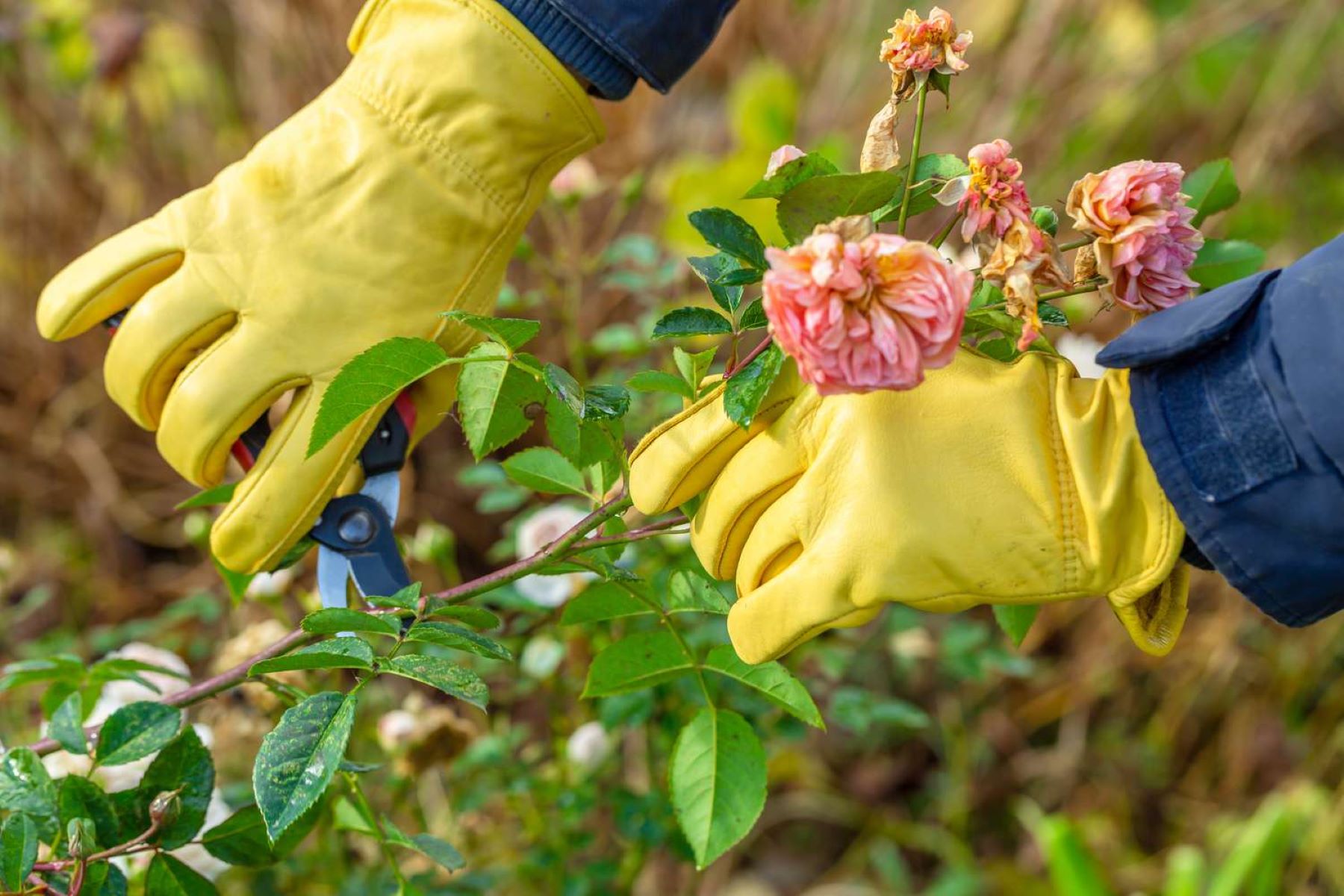
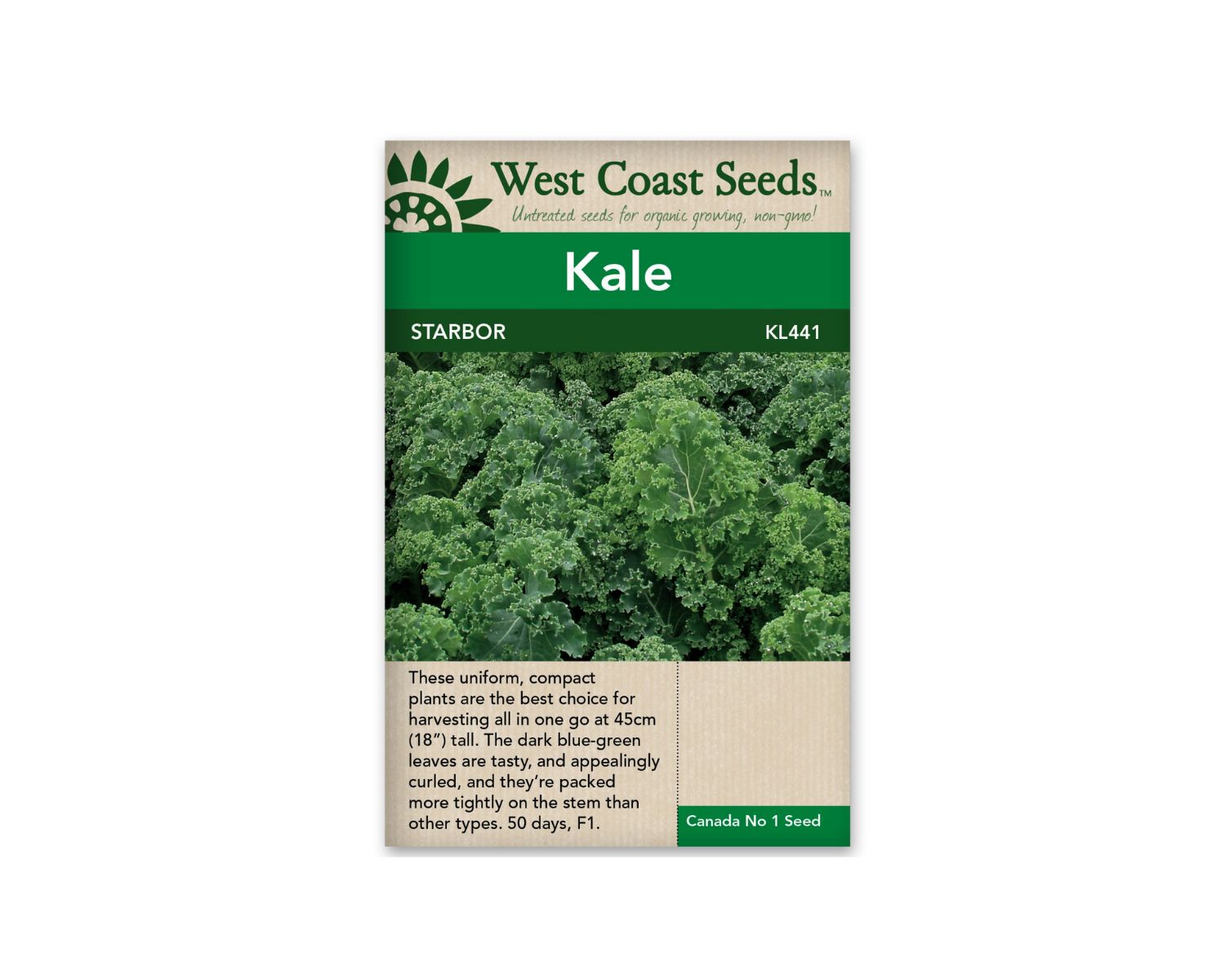
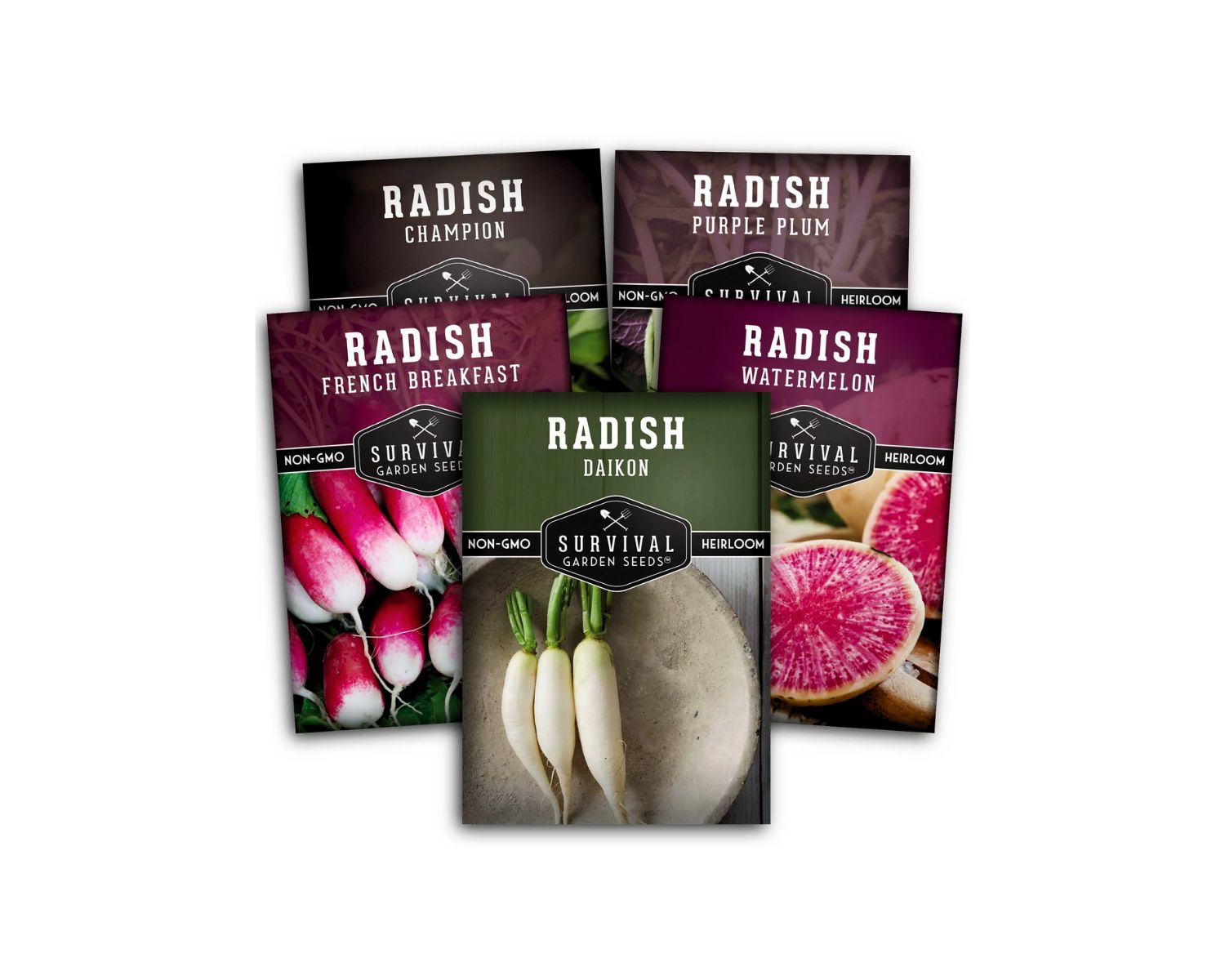
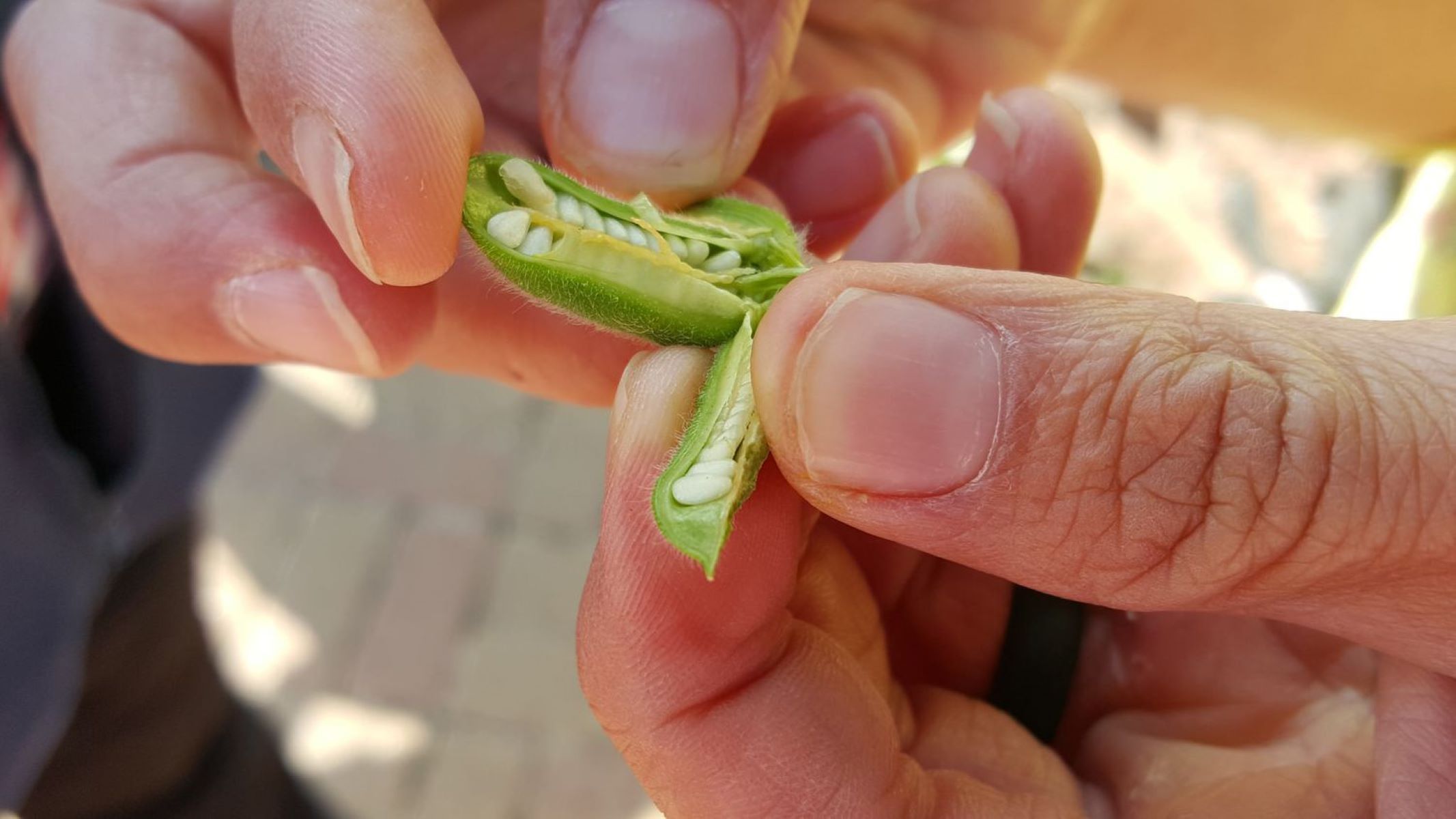
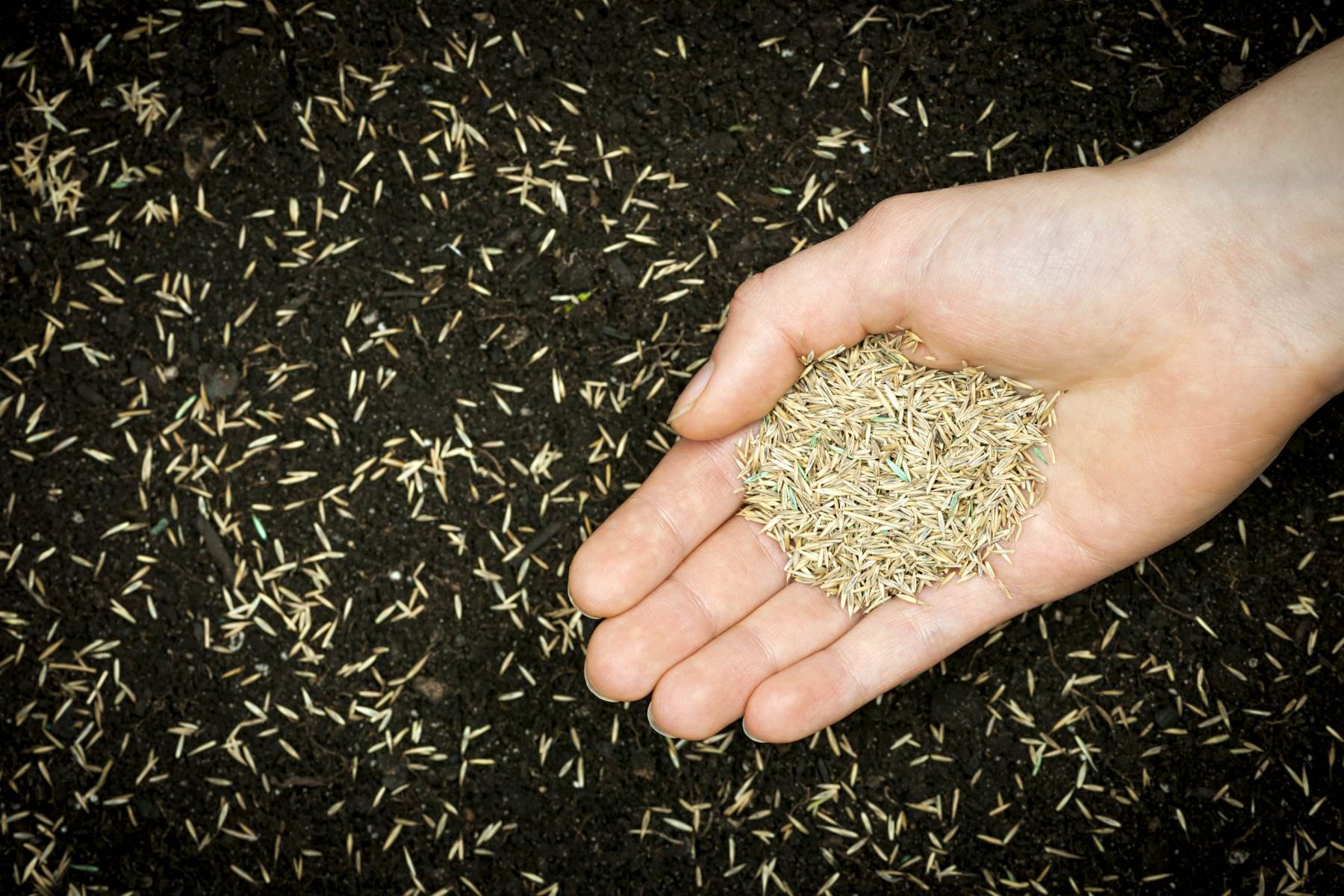
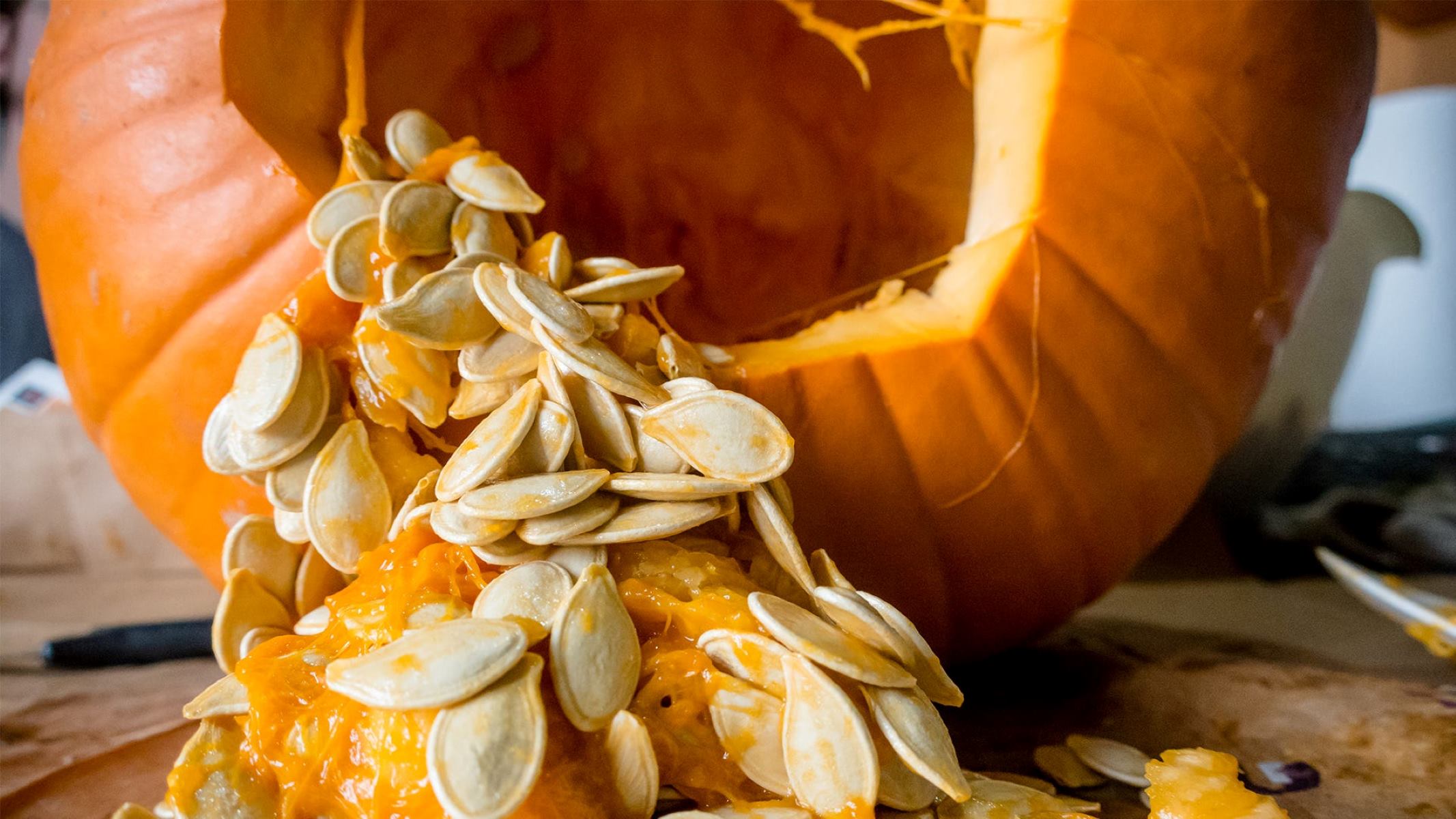
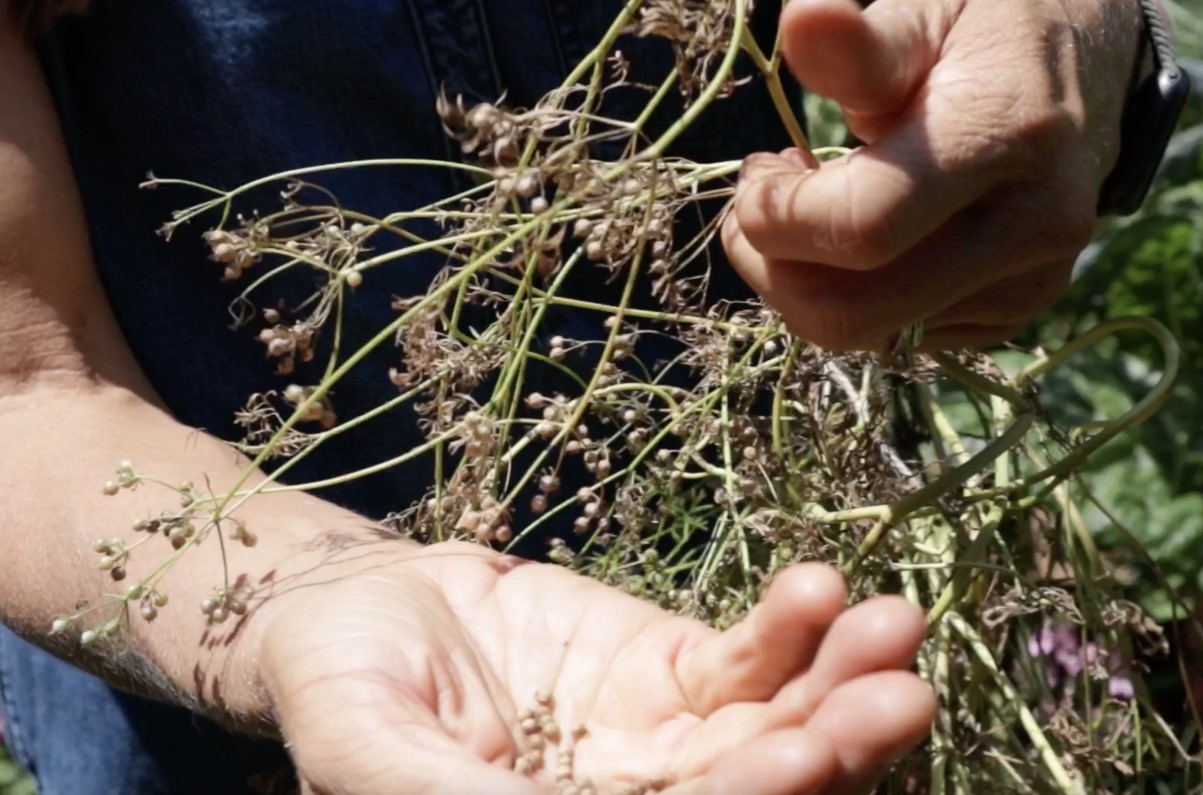
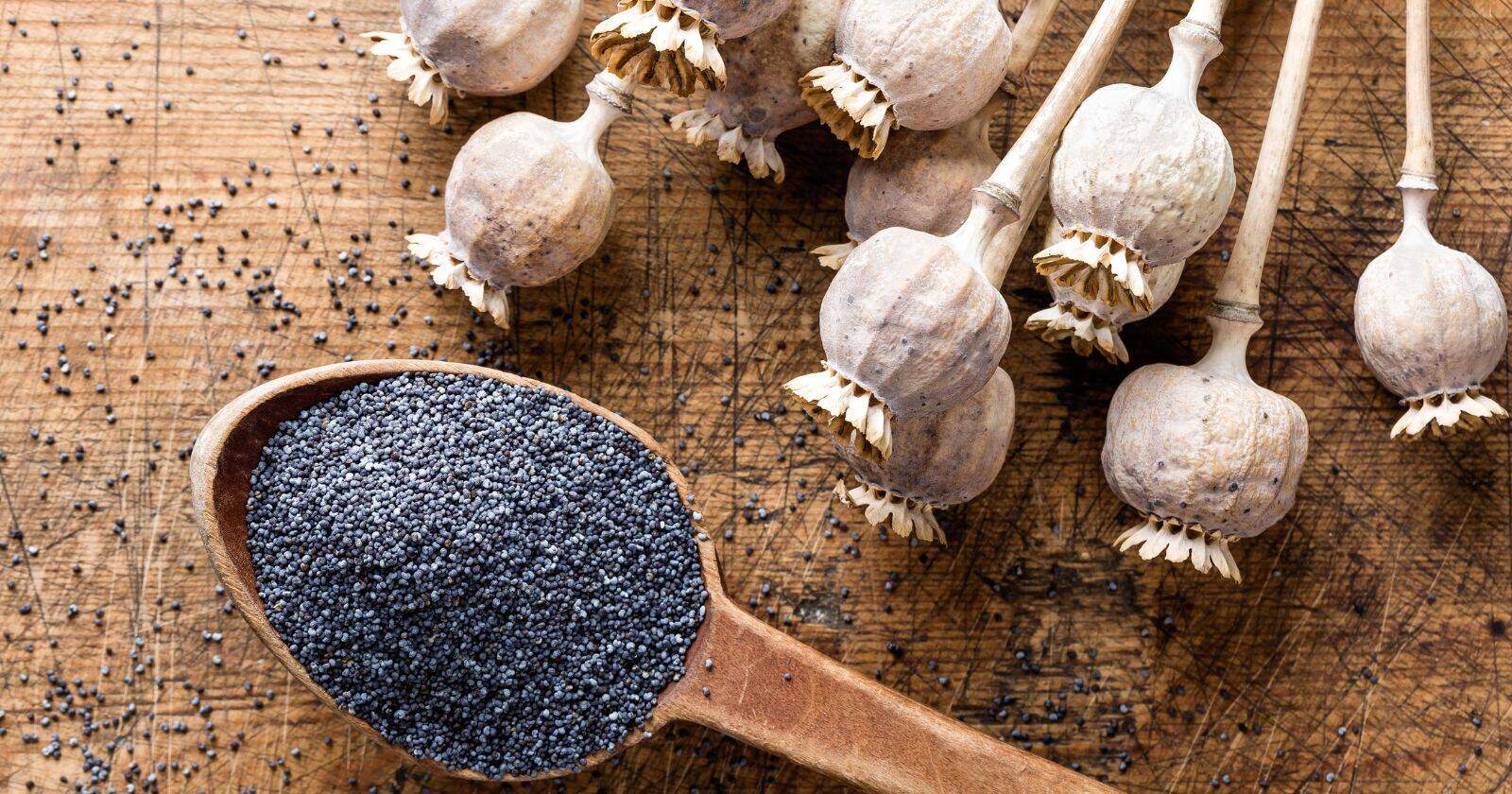
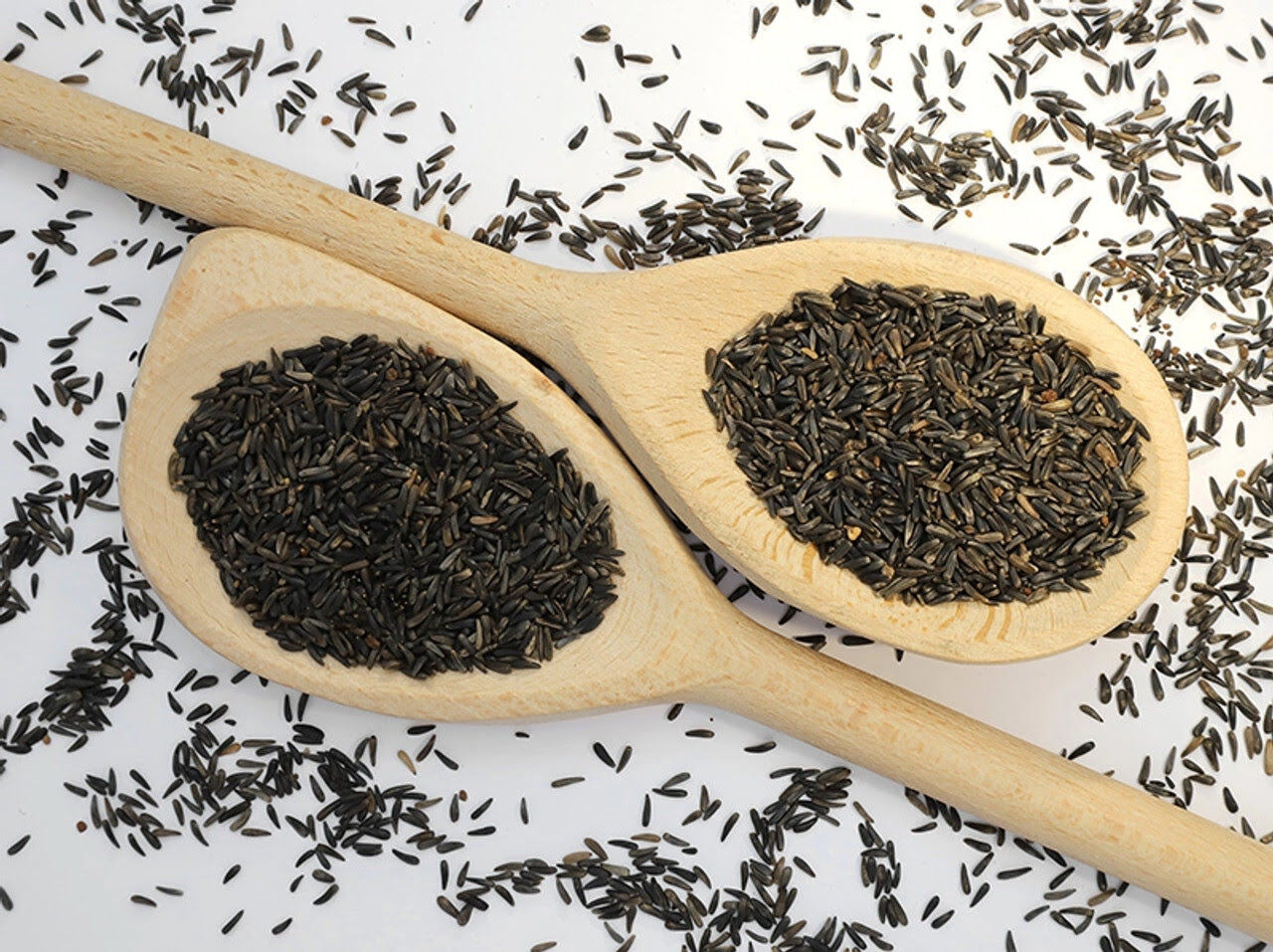
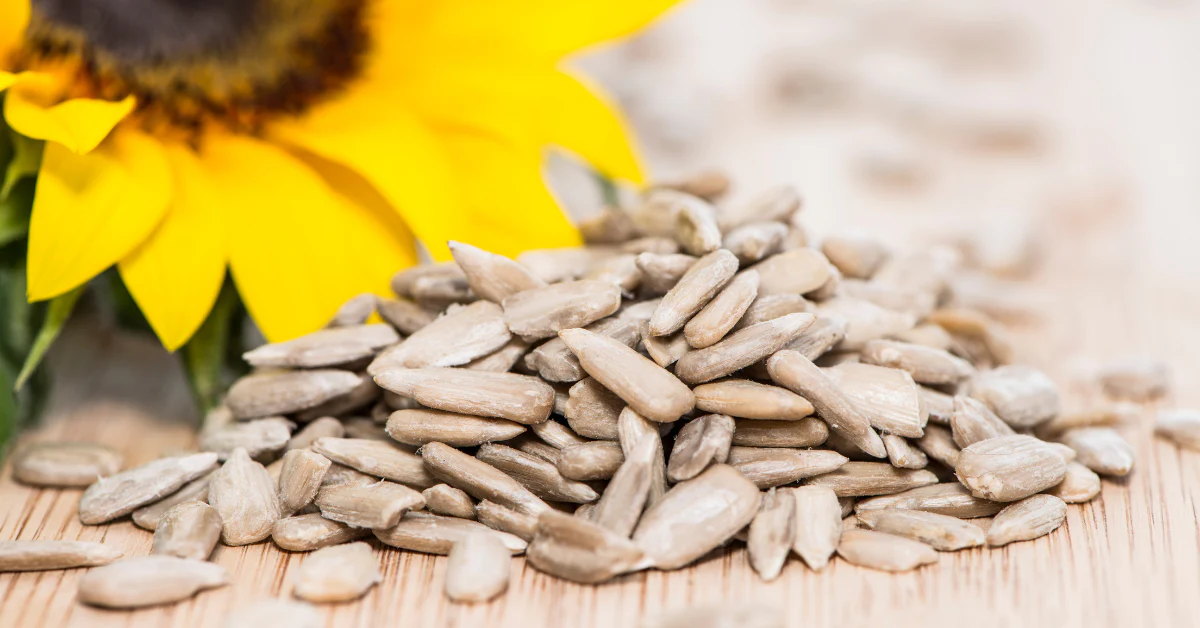
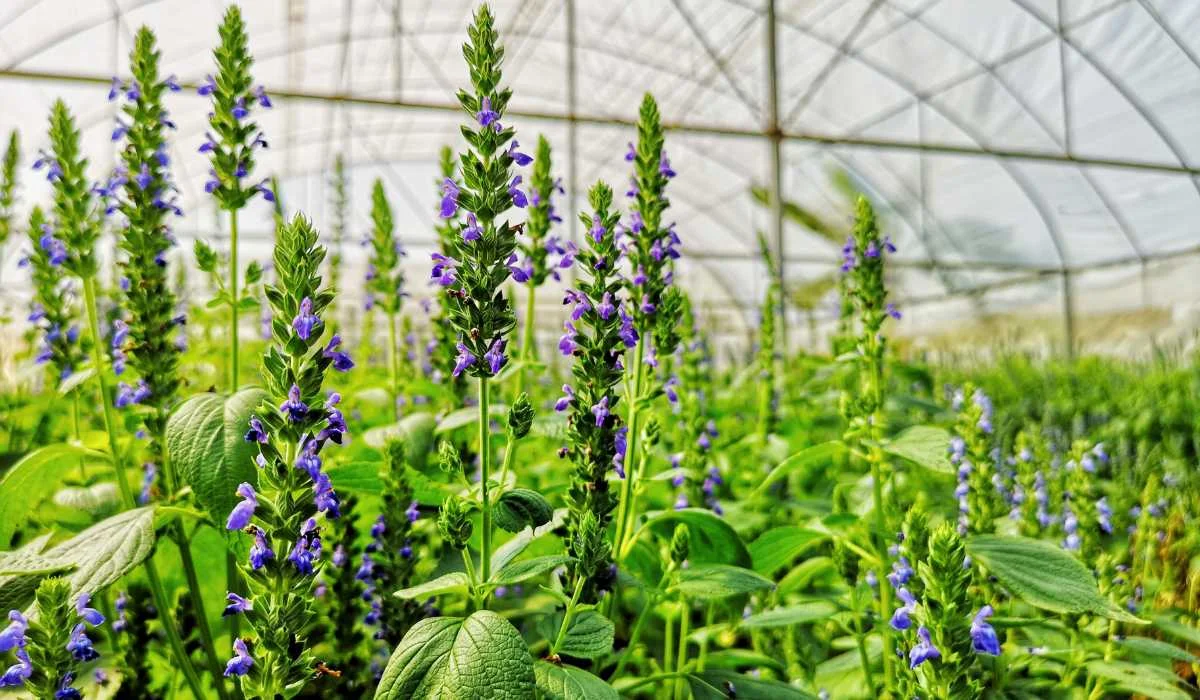
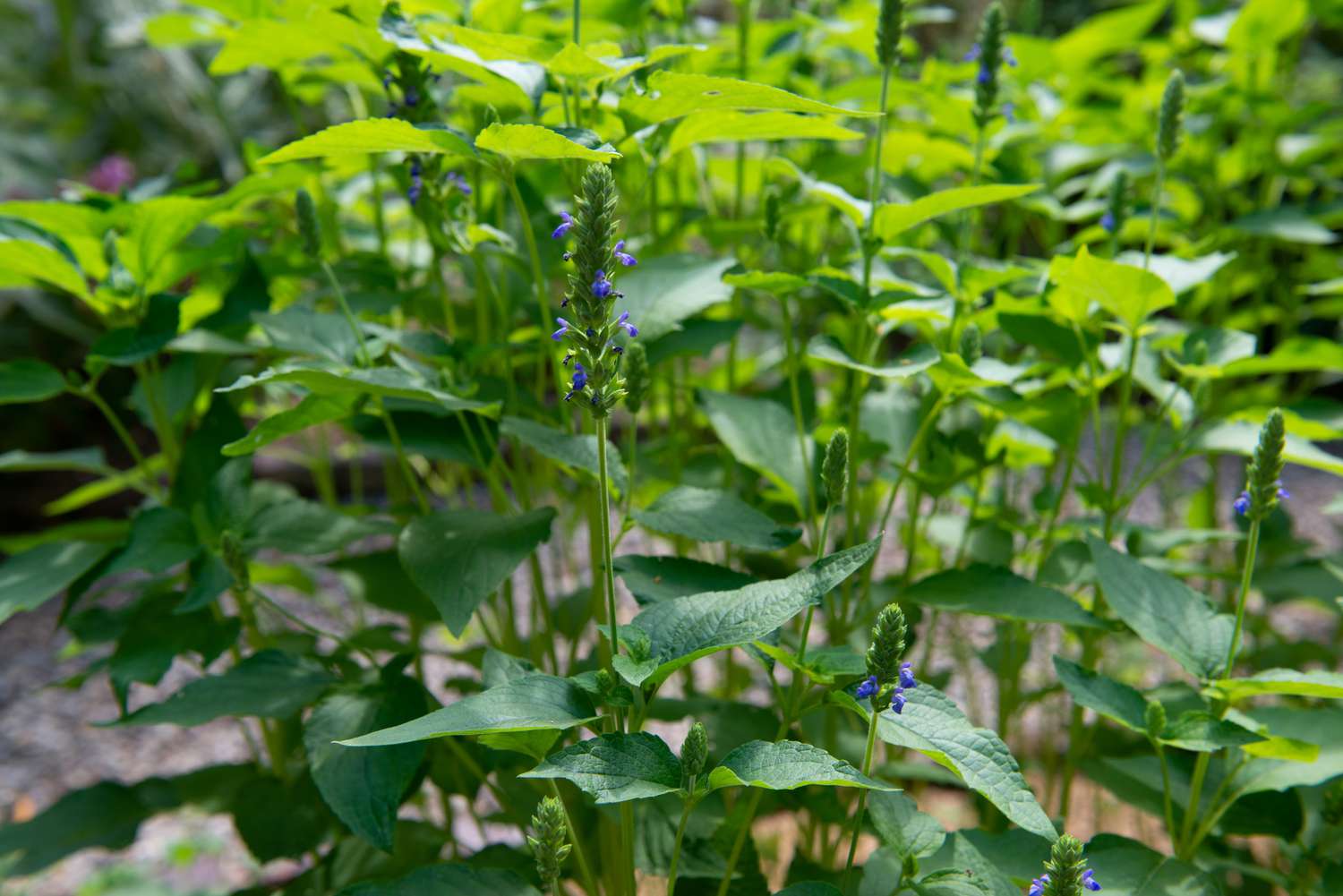
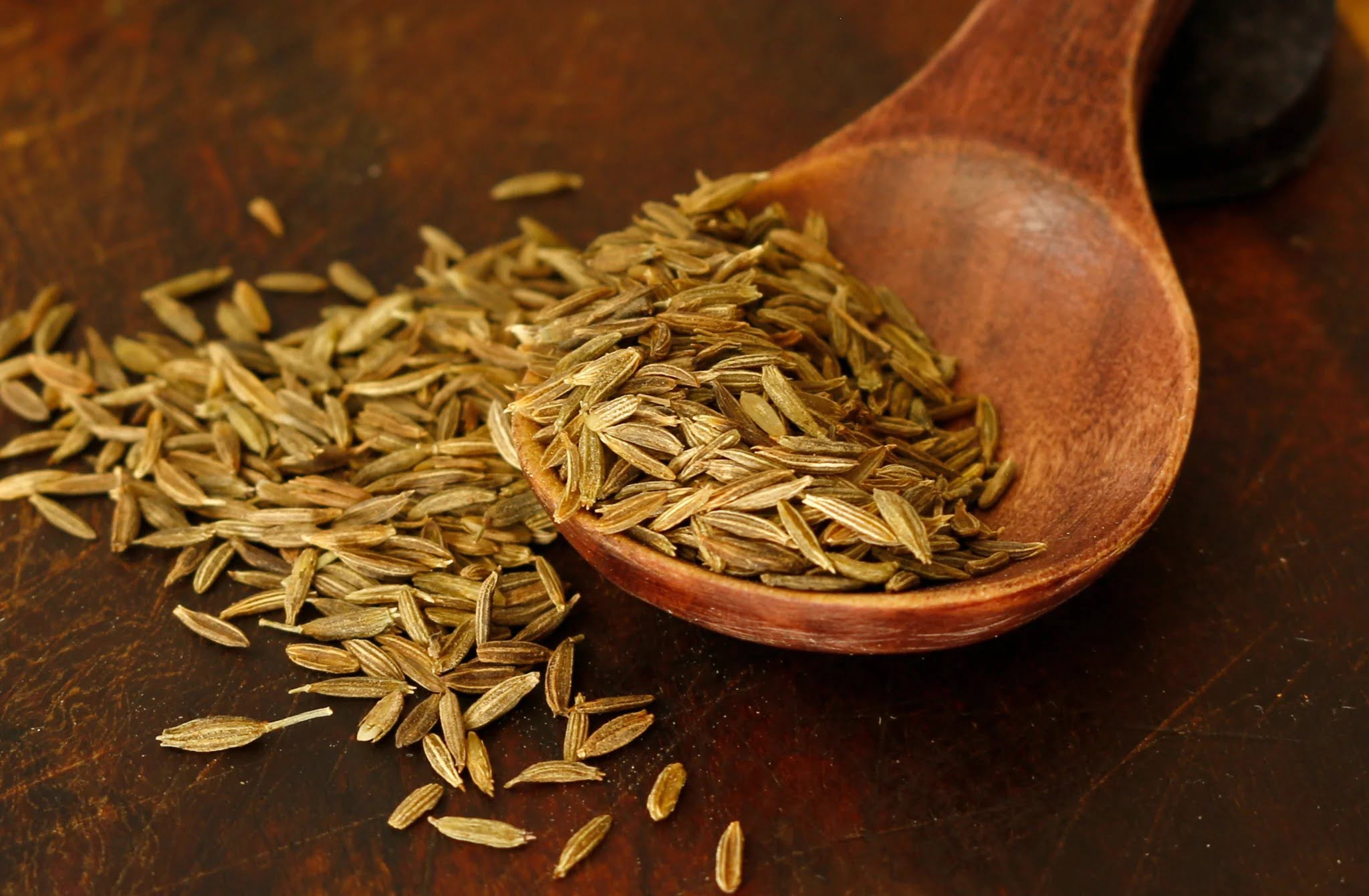

0 thoughts on “Where Do The Sunflower Seeds Come From”